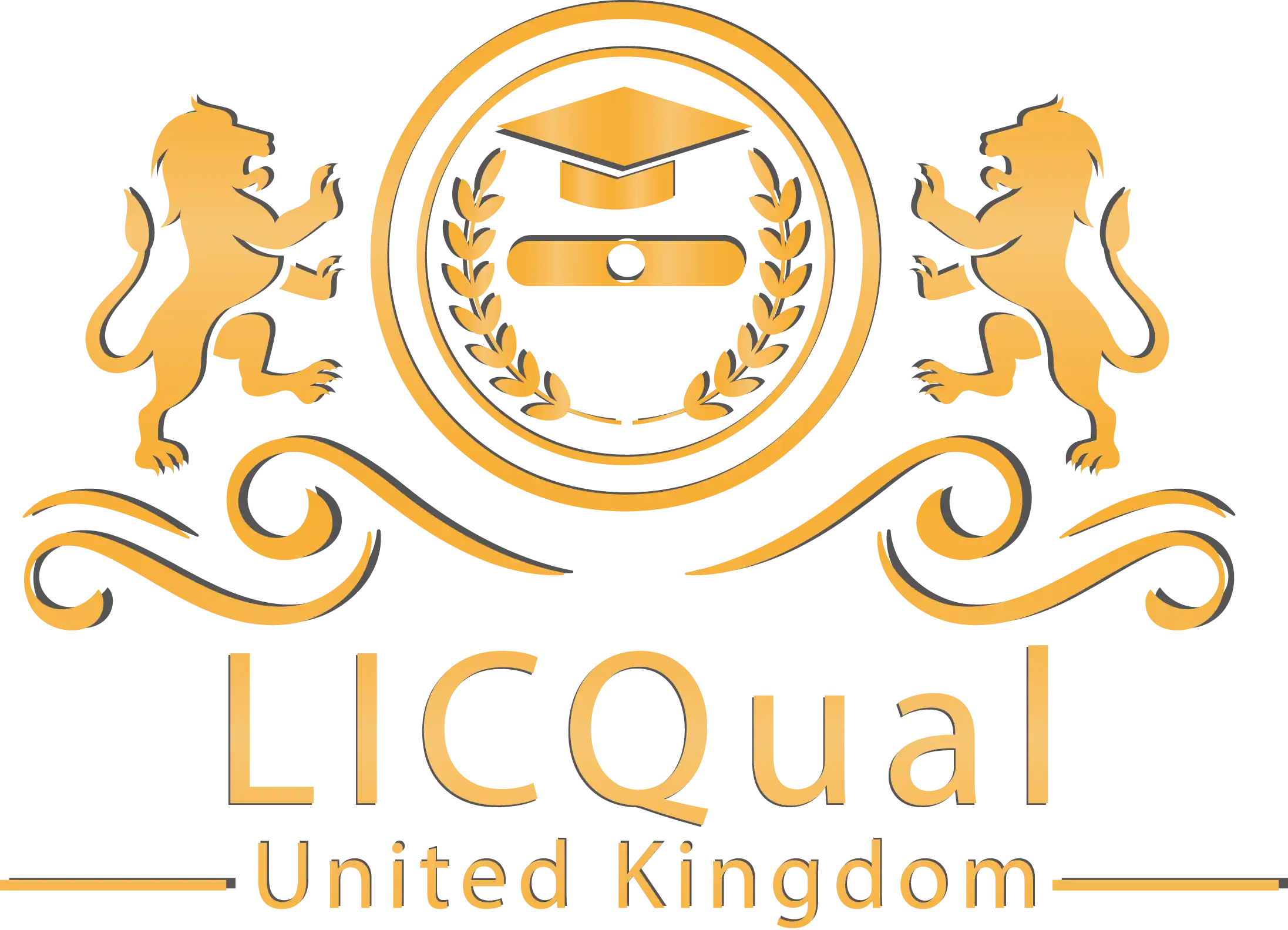Welcome to the LICQual Level 1 Diploma in Fundamentals of OCTAVE Security Risk Management Framework course! If you’re looking to deepen your understanding of cybersecurity and risk management, this comprehensive course is designed just for you.
The OCTAVE (Operationally Critical Threat, Asset, and Vulnerability Evaluation) security framework is essential for organizations to identify, assess, and mitigate security risks effectively. This qualification offers you a solid foundation in the core concepts of OCTAVE, preparing you to address security vulnerabilities and manage risk in a practical and impactful way.
Whether you’re a beginner in the cybersecurity field or a professional looking to enhance your skill set, this course will equip you with the knowledge and tools needed to assess security risks in any organization. You’ll learn how to use the OCTAVE framework to assess potential threats, understand asset vulnerabilities, and ensure that your organization’s security measures are both comprehensive and resilient.
The LICQual Level 1 Diploma in Fundamentals of OCTAVE Security Risk Management Framework focuses on providing you with a solid introduction to the OCTAVE methodology. Throughout the course, you’ll gain a thorough understanding of how to identify and evaluate security risks, as well as how to create effective risk management strategies for your organization. You’ll explore real-world applications of the OCTAVE framework and learn best practices for safeguarding your digital assets.
The course is designed to cater to both beginners and those with some experience in cybersecurity, offering a step-by-step approach to mastering the OCTAVE security risk management process. By the end of this course, you’ll have the confidence and practical skills to assess and manage security risks using the OCTAVE framework, making you a valuable asset to any cybersecurity team or organization.
Course Overview
Qualification Title
LICQual Level 1 Diploma in Fundamentals of OCTAVE Security Risk Management Framework
Total Units
6
Total Credits
24
GLH
60
Qualification #
LICQ2200316
Qualification Specification
To enrol in the LICQual Level 1 Diploma in Fundamentals of OCTAVE Security Risk Management Framework, candidates must meet the following entry requirements:
- Educational Requirements: A minimum of a high school diploma (or equivalent) is required for entry into this course. While a background in computer science, information technology, or cybersecurity is beneficial, it is not mandatory. The course is designed to accommodate beginners as well as those looking to enhance their knowledge in security risk management.
- Experience: No prior experience in cybersecurity or risk management is necessary. This course is suitable for individuals who are new to the field of OCTAVE security or those looking to build on existing knowledge. However, any basic understanding of general IT concepts or business operations may help in understanding the material more effectively.
- English Language Proficiency: Proficiency in English is essential, as the course content and assessments are conducted in English. Candidates should have a basic understanding of written and spoken English, equivalent to an Intermediate level (B1) or higher. This ensures that you can comprehend the course materials, participate in discussions, and complete assignments successfully.
- Age Requirement: Candidates must be at least 18 years of age at the time of enrolment.
|
Qualification# |
Unit Title |
Credits |
GLH |
|---|---|---|---|
|
LICQ2200316-1 |
Introduction to Risk Management |
4 |
10 |
|
LICQ2200316-2 |
Basic Risk Identification Methods |
4 |
10 |
|
LICQ2200316-3 |
Introduction to Security Controls |
4 |
10 |
|
LICQ2200316-4 |
Fundamentals of the OCTAVE Framework |
4 |
10 |
|
LICQ2200316-5 |
Risk Assessment Techniques |
4 |
10 |
|
LICQ2200316-6 |
Risk Treatment and Risk Mitigation |
4 |
10 |
By the end of this course, learners will be able to:
Introduction to Risk Management:
- Understand the fundamental concepts of risk management and its importance in protecting organizational assets.
- Identify different types of risks (e.g., operational, financial, strategic) and their potential impact on an organization.
- Demonstrate an awareness of risk management processes and frameworks in the context of security.
Basic Risk Identification Methods:
- Apply basic risk identification techniques to recognize and assess potential security risks within an organization.
- Use tools and methodologies to identify and document security threats, vulnerabilities, and assets at risk.
- Understand the role of risk identification in the overall risk management process.
Introduction to Security Controls:
- Gain an understanding of the various types of security controls (preventive, detective, and corrective) and their role in mitigating risk.
- Evaluate the effectiveness of security controls in protecting organizational assets.
- Understand the relationship between security controls and risk reduction.
Fundamentals of the OCTAVE Framework:
- Explain the core principles and structure of the OCTAVE (Operationally Critical Threat, Asset, and Vulnerability Evaluation) security risk management framework.
- Understand how the OCTAVE framework can be used to assess and manage security risks in a systematic and structured manner.
- Identify key steps in the OCTAVE process, including risk identification, assessment, and mitigation.
Risk Assessment Techniques:
- Apply various risk assessment techniques to evaluate security threats and vulnerabilities within an organization.
- Use qualitative and quantitative methods to assess the severity and likelihood of identified risks.
- Demonstrate the ability to prioritize risks based on their potential impact on business operations and assets.
Risk Treatment and Risk Mitigation:
- Understand the various approaches to risk treatment, including risk avoidance, risk reduction, risk sharing, and risk acceptance.
- Develop risk mitigation strategies to reduce the impact of identified risks.
- Create a risk management plan that addresses both immediate and long-term security risks within an organization.
This diploma is ideal for:
- Individuals who are new to cybersecurity and risk management.
- Beginners looking to understand the fundamentals of the OCTAVE security framework.
- IT professionals seeking to expand their knowledge in security risk assessment.
- Risk management professionals who want to strengthen their understanding of security risks.
- Business managers or compliance officers responsible for safeguarding organizational assets.
- Anyone aiming to pursue a career in cybersecurity or risk management.
- Individuals planning to take advanced security certifications and need foundational knowledge.
- Professionals interested in learning a structured approach to managing and mitigating security risks.
- Those looking to enhance their skill set and become valuable assets to their organization’s security team.
Assessment and Verification
All units within this qualification are subject to internal assessment by the approved centre and external verification by LICQual. The qualification follows a criterion-referenced assessment approach, ensuring that learners meet all specified learning outcomes.
To achieve a ‘Pass’ in any unit, learners must provide valid, sufficient, and authentic evidence demonstrating their attainment of all learning outcomes and compliance with the prescribed assessment criteria. The Assessor is responsible for evaluating the evidence and determining whether the learner has successfully met the required standards.
Assessors must maintain a clear and comprehensive audit trail, documenting the basis for their assessment decisions to ensure transparency, consistency, and compliance with quality assurance requirements.

